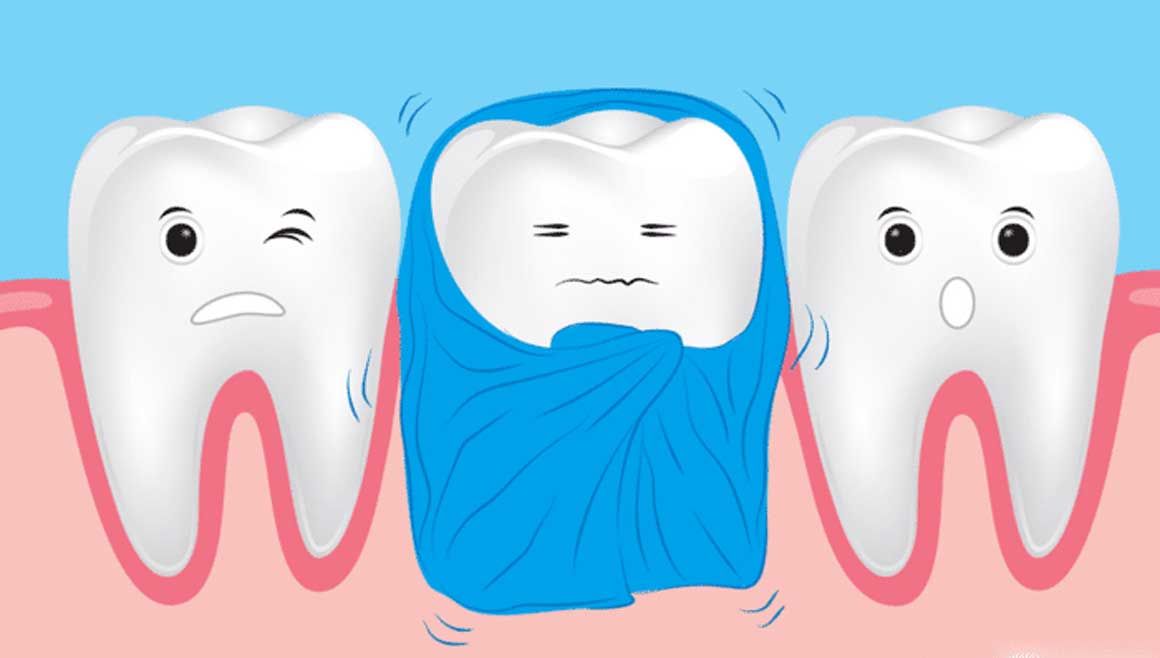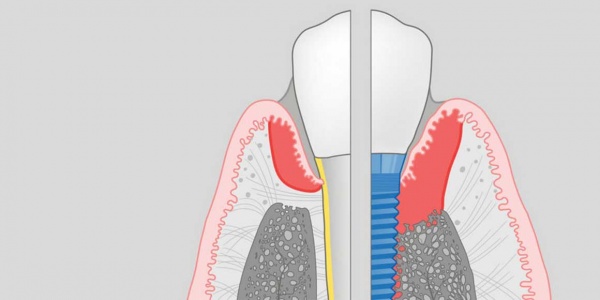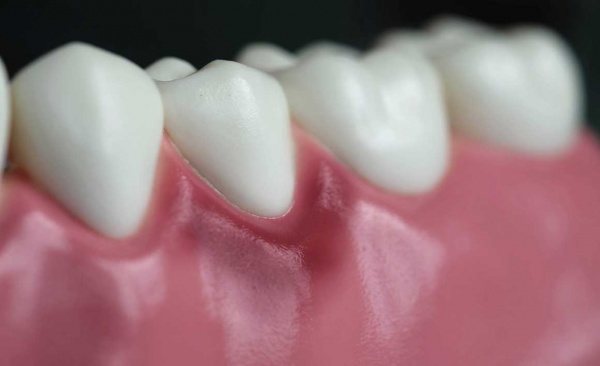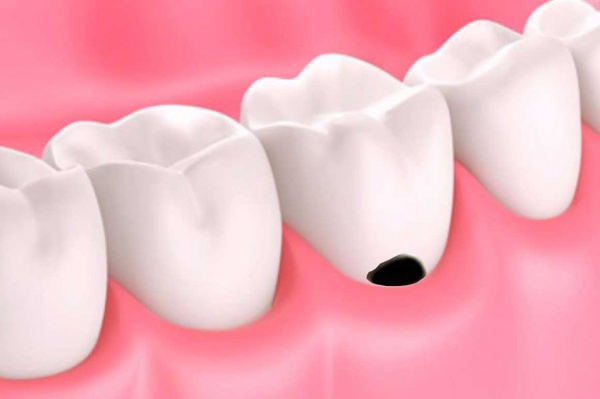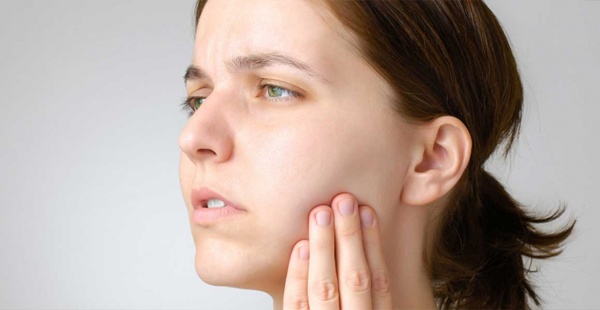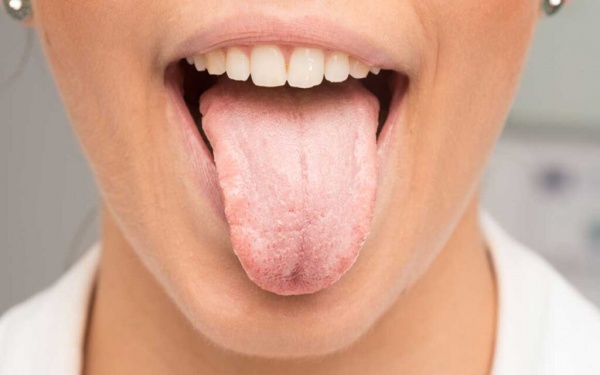How is dental hyperesthesia determined?
Unlike third-party dental diseases, diagnosing hyperesthesia can even be done independently, because this does not require various laboratory tests. It manifests itself almost constantly, and has quite characteristic symptoms. They are concluded in the following points:
- Increased tooth sensitivity when eating hot, cold, spicy, salty and bitter foods/drinks;
- Pain when touching the teeth or any other mechanical influences (including brushing the teeth);
- Discomfort due to heat exposure (teeth can hurt in the cold, when rinsing, in the process of drinking drinks, and even when applying compresses).
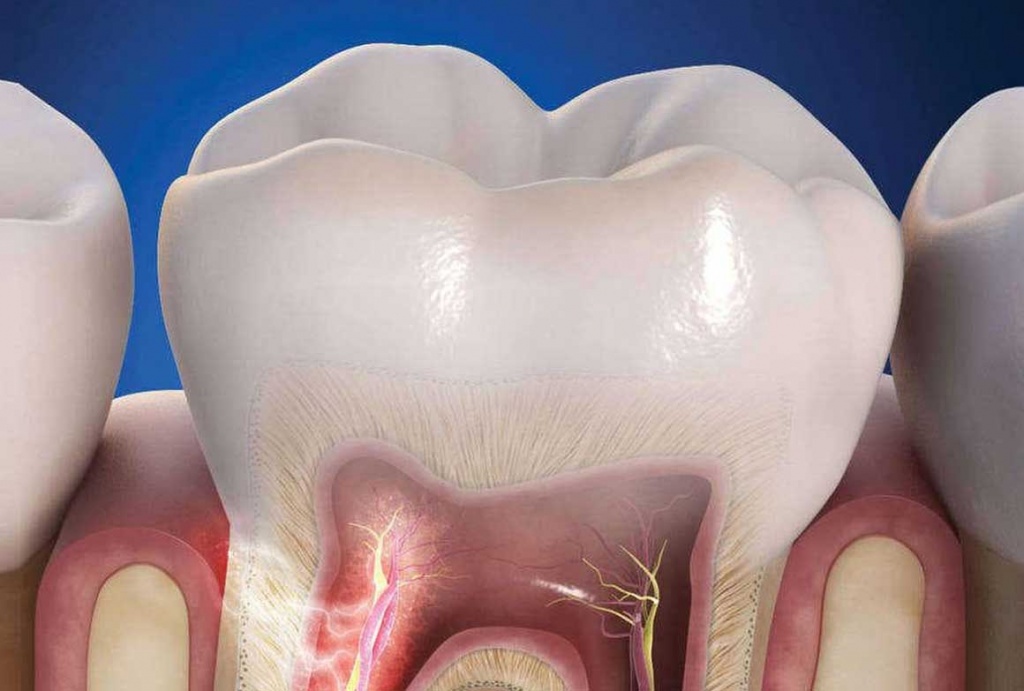
How to treat hyperesthesia of the teeth
When treating hyperesthesia of the teeth, you should contact a specialist who can provide professional assistance to your teeth, as well as make recommendations for oral care after it. Often, standard treatment includes blockage of micropores with desensitizers (drugs that can reduce sensitivity), mineralization, or laser therapy. Each of the procedures has its own indications and contraindications, therefore, when restoring tooth enamel, you should warn the doctor about the presence of chronic diseases.
Important! When treating teeth, you should not use whitening pastes and other aggressive compounds (pencils, strips, etc.) that destroy enamel and increase sensitivity, since they can not only reduce the effectiveness of procedures, but also destroy teeth.
Treatment of hyperesthesia of the teeth at home
On the Internet, you can find a lot of tips for treating hyperesthesia of the teeth with folk methods, but they not only can not help, but also aggravate the condition of the teeth and gums, and also cause diseases of the cardiovascular, gastrointestinal tract and other systems.
Attention! Not all decoctions are indicated for use by children and adults. When conducting self-treatment without prior consultation with a specialist, you can get an exacerbation of chronic diseases, ulcers and other potentially dangerous diseases.

